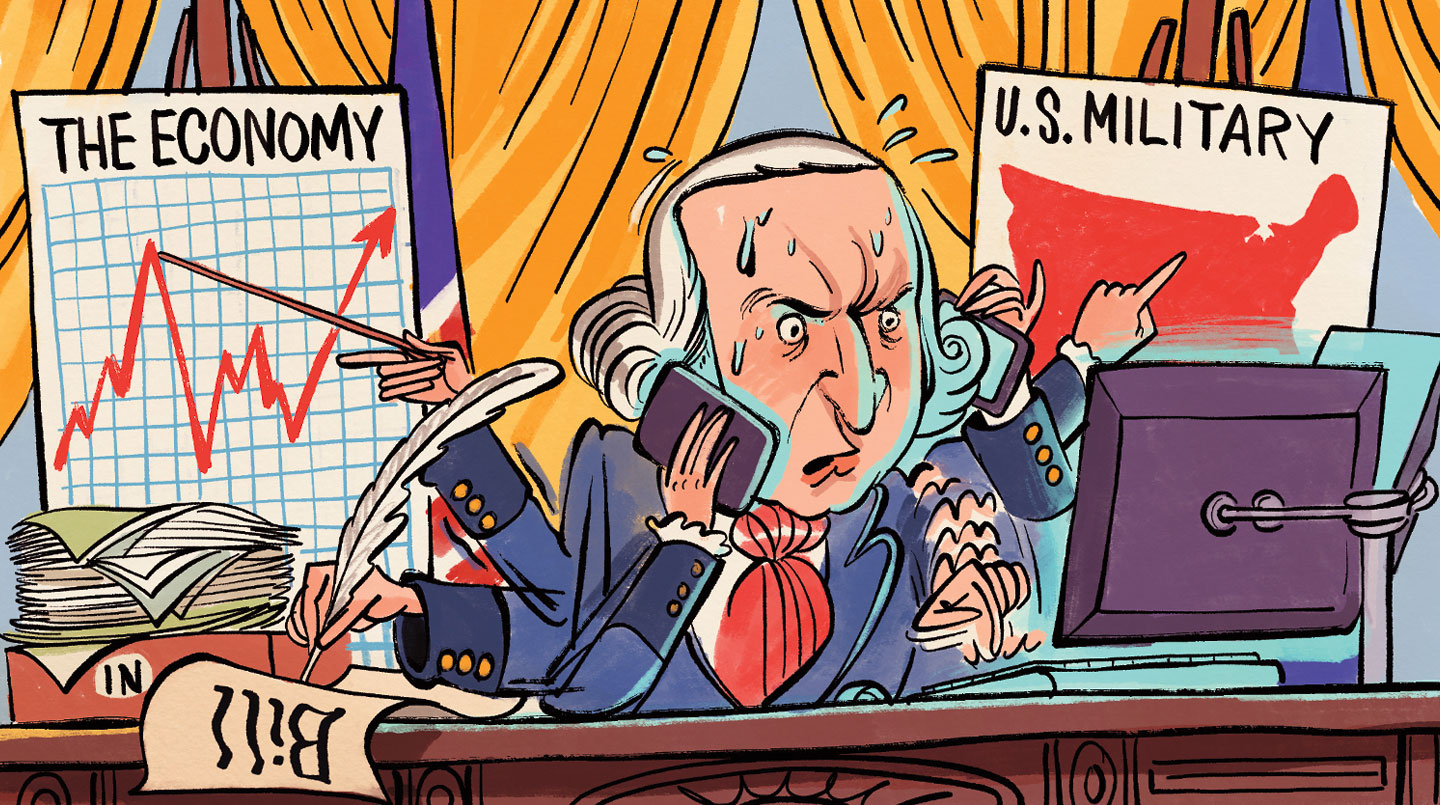Information:
Just in case you haven't heard about the grading yet..

1. Describe an action that the president could take in response to the scenario listed above.
Review Materials & Videos:
Article II Constitution Video
Formal & Informal Powers of the President Video
Executive Orders Video
Just in case you haven't heard about the grading yet..
The Executive Branch: The Many Roles of the President

Today, we are going to begin our review of Article II of the Constitution, The Executive Branch. Over the year, we studied how the Executive Branch has substantially grown in power over the last 200 years. Let's review what Article II is all about!
Activity #1: What is Article II all about?
Check out the following website, look at Section 1 and answer the following questions in your notebook...
- Who does the Constitution vest, or give, executive power?
- What is the term of office for the president?
- How does one get elected president?
- What are the qualifications to be president?
Activity #2: Powers of the President:
Read and watch the video about the jobs of the president at the following website. Once you finish, complete the following sentences in your notebooks by describing what the president does in each one of these roles...
- As the Chief Executive, the President...
- As Guardian of the Economy, the President...
- As Chief of Party, the President...
- As Commander in Chief, the President can...
- As Chief of State, the President...
- As Chief Legislator, the President...
- As Chief Diplomat, the President...
Activity #3: Scenario Claim:
As we begin to focus on the second question for you AP Exam, we need to look at how we would respond to the following prompt. In your notebooks, answer the following question...
Over several weeks in March, a new virus, which originated in East Asia, slowly spread across the European continent. The virus demonstrated "pneumonia-like" symptoms but seemed to be a little more deadly and difficult to contain than typical pneumonia. The virus finally reached American cities on the East and West Coast of the United States. Many US citizens began panic and shortages of medical and food supplies began to appear as the virus slowly spread across the United States...
1. Describe an action that the president could take in response to the scenario listed above.
Review Materials & Videos:
Article II Constitution Video
Formal & Informal Powers of the President Video
Executive Orders Video





